The Shadowland and depth of field…week 11-13
Unit 1: The camera - film or digital
Task 1: Shadow and depth of field
Michael Freeman
(born 1945)
Michael Freeman is a British author, photographer and journalist. He has written more than 66 books on the subject of photography. Freeman is an editorial photographer, and have worked for most of the major illustrated magazines in the world, including a close 30-year relationship with the Smithsonian magazine. Nowadays most of his projects are for books; he published 155 titles to date, including many on the practice of photography, with more than 4 million copies sold worldwide, in 27 languages.
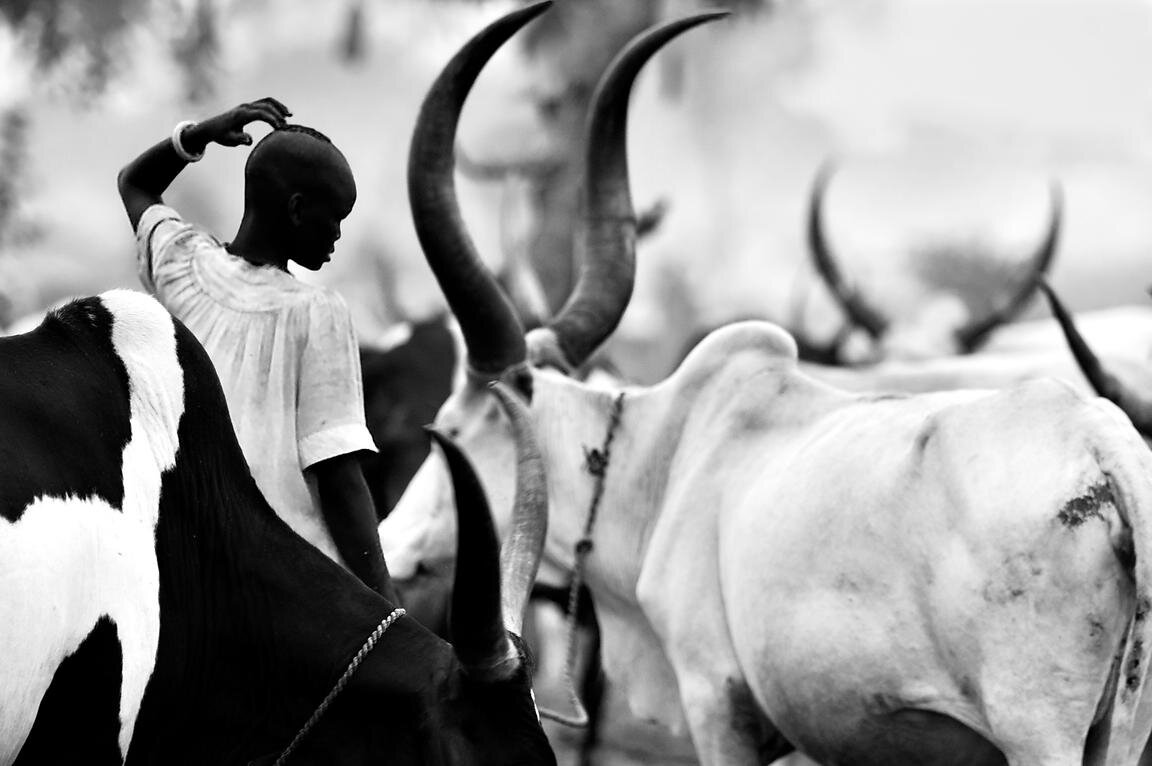
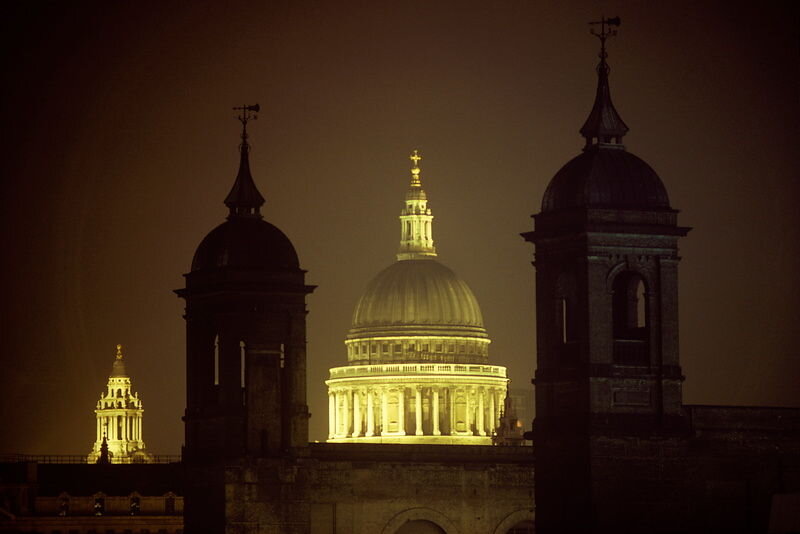
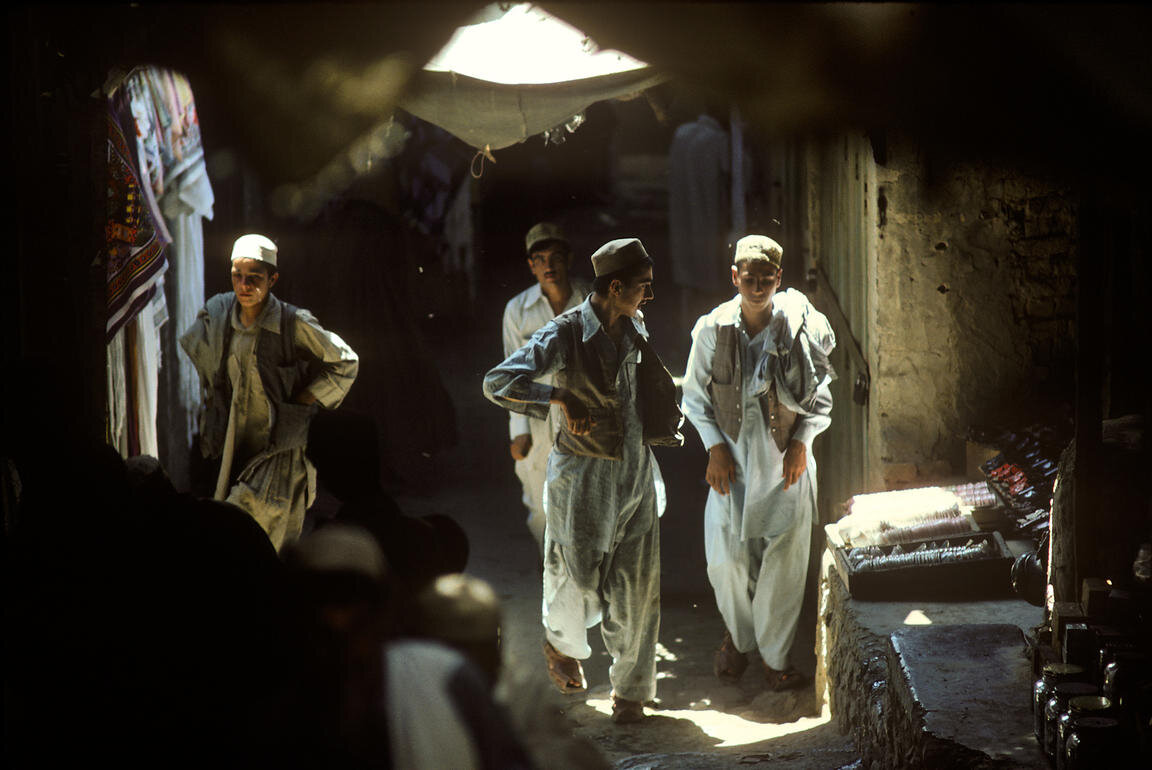
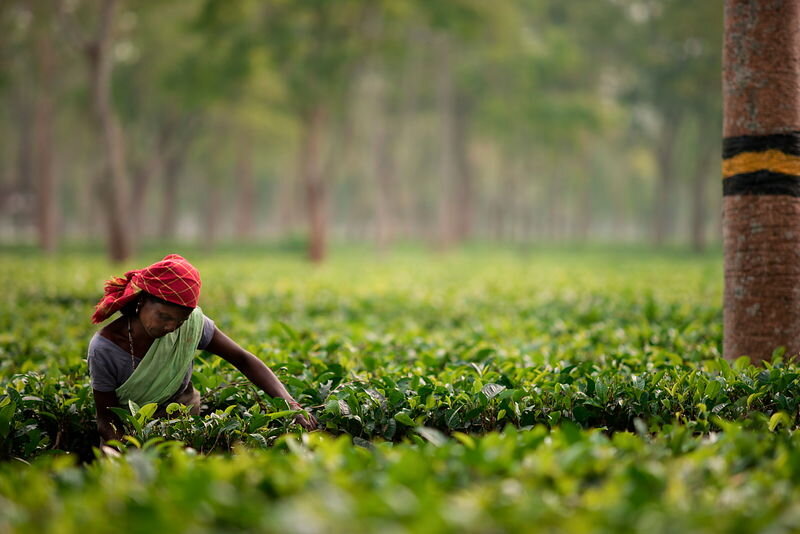
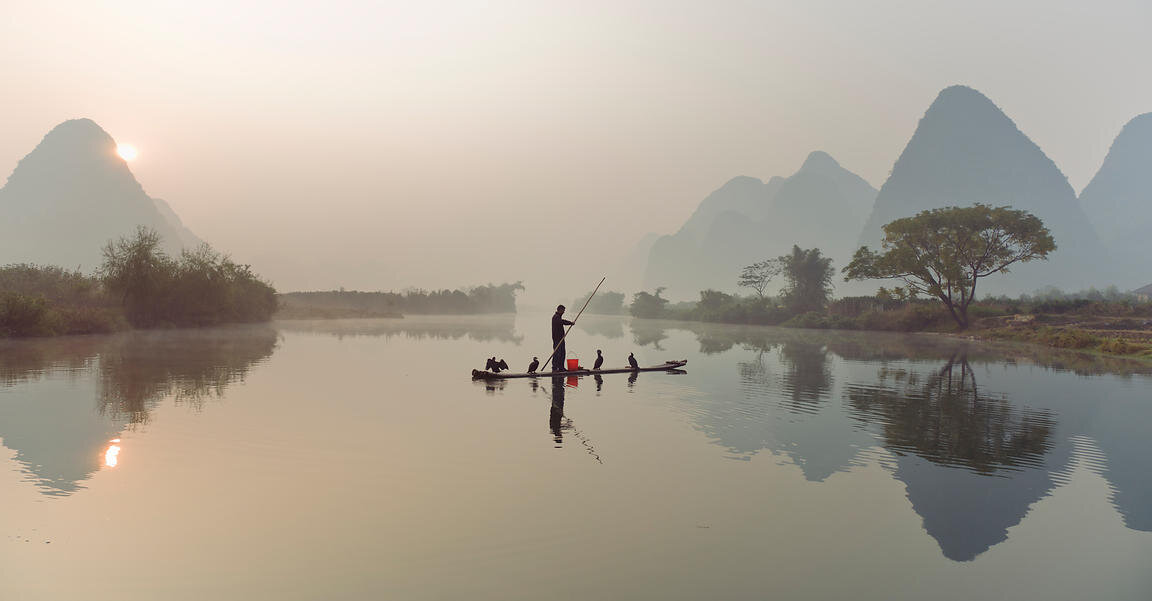
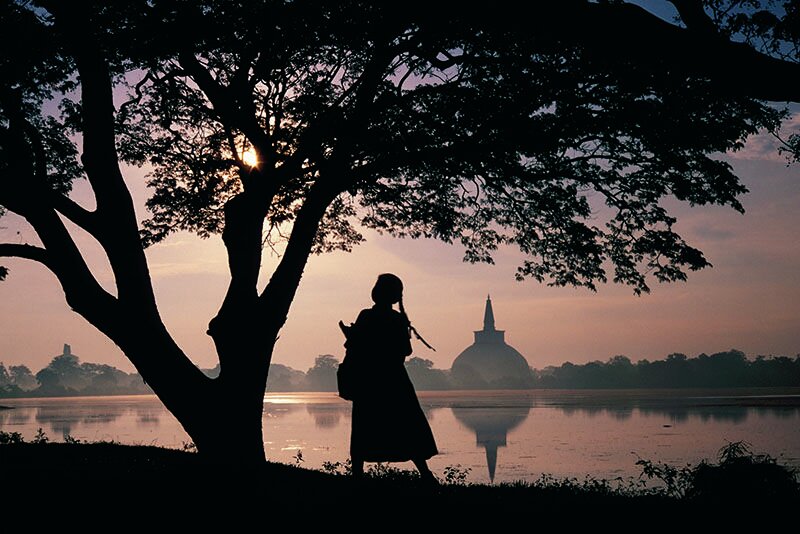
Watch Michael Freeman’s The shadowland video and answer the following questions
1.WHAT IS THE NAME OF MICHAEL FREEMAN’S BOOK?
Light & how to photograph it
2.WHAT ARE THE THREE TYPES OF LIGHT FREEMAN REFERS TO?
Shadows, midtones, (brights) and highlights
Shadows conceal, brights and highlights reveal
3. WHAT IS THE TITLE OF THE 1930’S JAPANESE PHOTOGRAPHERS BOOK FREEMAN LIKES?
‘IN PRAISE OF SHADOWS’
4. WHAT DOES SALIENCE MEAN?
It is one of the key concepts in imaging and means what the eyes are drawn to most in a picture, what’s important to a viewer and nearly all the time what people are talking about is a subject like a person or a face, typically a clear object and it could even be small but still draw the eye. Sometimes photographers like some other image quality like the play of light other colours or the shadows. Shadows don’t have to be a key subject to be salient, they just need to play a key role in making the picture.
5.NAME THE TWO PHOTOGRAPHERS WHO INVENTED THE ZONE SYSTEM IN 1940?
Ansel Adams & Fred Archer
6. HOW MANY ZONES ARE THERE IN THE ZONE SYSTEM 9, 11, OR 13?
11 zones
0-X
0-pure black
X-pure white
0-IV shadows
V midtones
VI-VIII brights
IX-X highlights
7. WHAT PERCENTAGE OF THE MYANMAR PHOTOGRAPH IS IN SHADOW?
85% is shadow
8. FOR THE FOREST SCENE SHOT WHAT FILM DOES FREEMAN REFER TO?
Avatar
9.WHAT TYPE OF SHADOW IS REFERRED TO IN THE GOLD ELEPHANT SHOT ?
Backdrop
10. WHAT IS THE ITALIAN PAINTERS TERM FOR LIGHT AND DARK?
ChiaroScuro - a scene in which there is strong and slightly confusing contrast, such as dappled light, high contrast, and in particular deep shadows.
11. HOW MANY TYPES OF SHADOW DOES FREEMAN IDENTIFY?
M.Freeman counts 10 different kinds of shadows, each with its own purpose and needs.
1. basic rich - shadow which is kind of the default, it goes almost but not quite black and stretches up to about 30%brightness with good contrast
2. backdrop – a typical for studio shooting when you want subjects to pop out without any distraction at all (black velvet, Hampton Court popping out from black foreground)
3. receding – shadow deepen gradually to darkness away from the camera giving a sense of depth and three dimensionality; it’s like a basic rich shadow but it gets darker with distance
4. volumetric – it’s a kind nearly always casts by a lighting that moves across and around object to show off its volume. The important quality here is soft distinct edge to the shadow and the key is not to have it too sharp or narrow but neither too broad (do not increase contrast)
5. reflective – shadow that at an acute angle to the camera in the view that goes toward a brightly lit area. So what you see are reflections of the brightness beyond. This shadow need its range stretched and processing is quite usual for this type of shadows enhanced by lifting the white point
6. open – a significant fill from bright reflective surface (natural ambient or with a reflector or fill light) - this could be with a cross lighting or a backlighting
7. smooth graded – smooth transition without shadow edges from the lit parts of the scene towards darker but not necessarily black
8. chiaroscuro – origin from Italy (light-dark), originally meant shading to show volume quite delicately
It’s a compositional use of shadow and there are two types:
One – distinct geometric shapes
Second – pattern
Shapes are the most important feature here
This kind of shadow thrives on contrast and depth
9. Cast shape – it’s a shape of an object projected onto a lit surface by a point light source like the sun. To work it needs to be hard edged and it could work either on its own or paired with whatever it casts it.
Local high contrast is important here
10. Silhouette – it is the reverse view from a cast shape its mirror image; the simpler brighter background the more readable and effective the silhouette. Silhouettes need to be very deep, even black and the smaller they are the blacker need to be.
I took the following images and labeled them using Michael Freeman’s definition of shadows.
Basic rich
1/125s, f/11, ISO 720, zoom lens 24-70mm, f/2.8S
This image would fall into Freeman’s first category of his shadows type - basic rich. Shadows go almost black but not quite and occupy almost 90% of the image. The contrast of light and shadow is strong. I decided to not open shadows to enhance the mystery here. Eyes are drown to the lit spot in the forest, the image could be identified as a highlight salient. From there our eyes move to the white trees in the back. As they are spread across the picture our eyes are moving across as well. The shadows are well textured as we can find some details here.
Cast shape
1/200s, f/13, ISO 450, zoom lens 24-70mm, f/2.8S
The shape of a tree is projected on the ground by the light source, in this case, by the sun. The shape of projected on the ground has hard edges so it is well recognisable (if the subject/tree wouldn’t be in the image, its shape would still make sense). The key points are shade out of light and shadow as subject. This is more shade out of light, rather than a light out of shade.
1/450s, f/2.8, ISO 100, zoom lens 24-70mm, f/2.8S
1/50s, f/5.6, ISO 500, zoom lens 24-70mm, f/2.8S
Silhouette
The key is to exposed for the light background and keep the subject dark, even black. According to Freeman, it is important to see the silhouettes as a graphic form in their own right rather than just an exposure choice.
1/250s, f/4, ISO 450, zoom lens 14-30mm, f/4S
The source of light is behind the subject in this image and than allowed to clearly defined silhouettes of tree and bushes. I used a wide angle lens to capture wider picture in my focus, especially clouds. It gives the impression that clouds are pointing towards the centre of the image, towards the light source. The aperture is quite open (f/4) as it was taken in the evening hours when less light was available.
1/850s, f/2.8, ISO 200, zoom lens 24-70mm, f/2.8S
The silhouette of the horse here clearly defines all profile details. The contrast in the image is strong. Even grass is clearly defined.
Chiaroscuro
In chiaroscuro definition we can see the extreme contrast, there is almost a block of bright and dark. The light doesn’t really follow the subject here, it is more abstract and geometrical. The key points for chiaroscuro are strong contrast, spotlighting and pulling attention.
1/50s, f4, ISO 1000, zoom lens 24-70mm, f/2.8S
1/60s, f/2.8, ISO 400, zoom lens 24-70mm, f/2.8S
Shadow shots working with aperture to create a depth of field
1/40s, f/5, ISO 500, zoom lens 24-70mm, f/2.8S
1/50s, f/4, ISO 360, zoom lens 24-70mm, f/2.8S
1/50s, f/4, ISO 110, zoom lens 24-70mm, f/2.8S
1/60s, f/2.8, ISO 360, zoom lens 24-70mm, f/2.8S
1/50s, f/5.6, ISO 180, zoom lens 24-70mm, f/2.8S
Research on other photographers
Michael Freeman mentioned in his Shadowland video another photographer, David Alan Harvey.
David Alan Harvey
(born 1944)
David Alan Harvey is an American photographer. He was a full member of the Magnum Photos agency from 1997 to 2020 and has photographed extensively for National Geographic magazine. In 1978 Harvey was named Magazine Photographer of the Year by the National Press Photographers Association. In addition to his photography work, David is also the founder and editor of Burn Magazine, a website featuring emerging photographers and their work.
David combines a direct documentary style and emotional mood with his own powerful, personal vision.
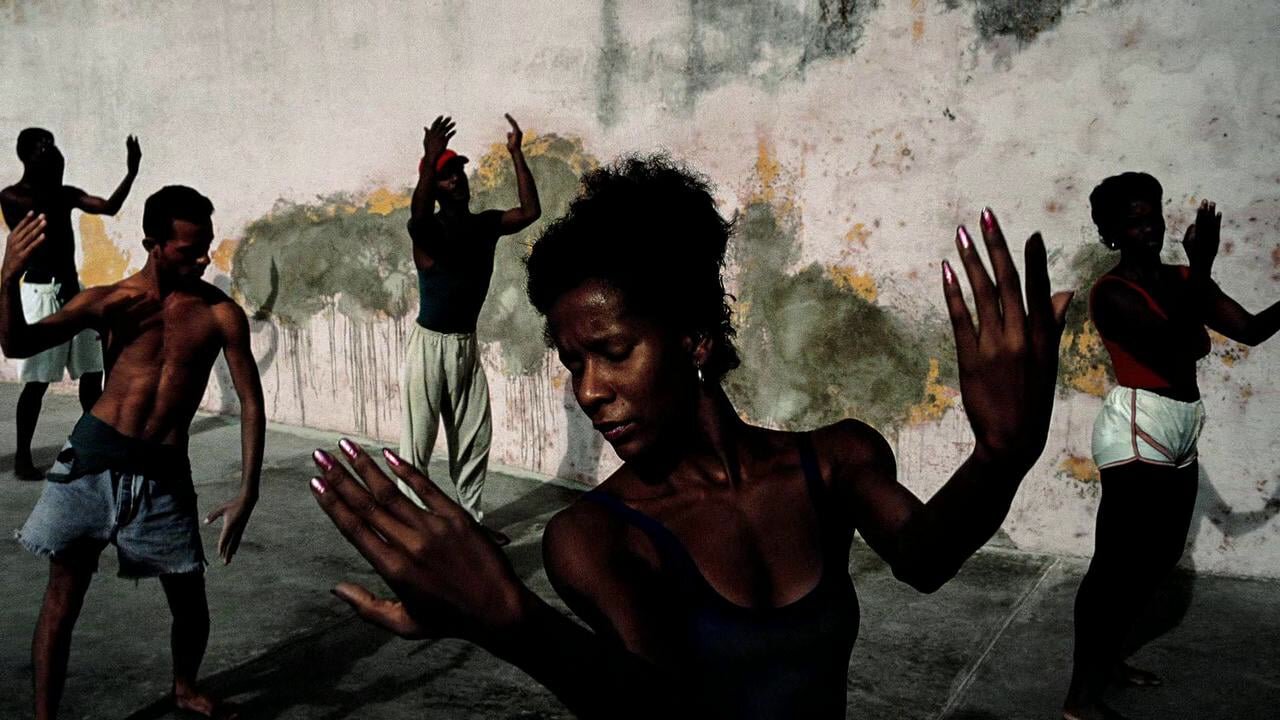
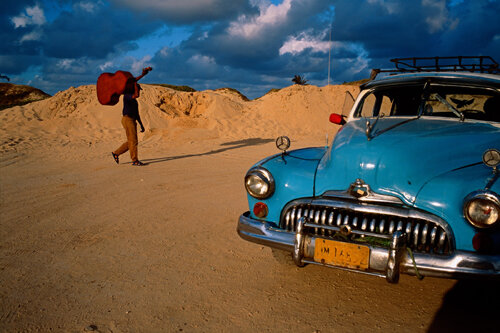
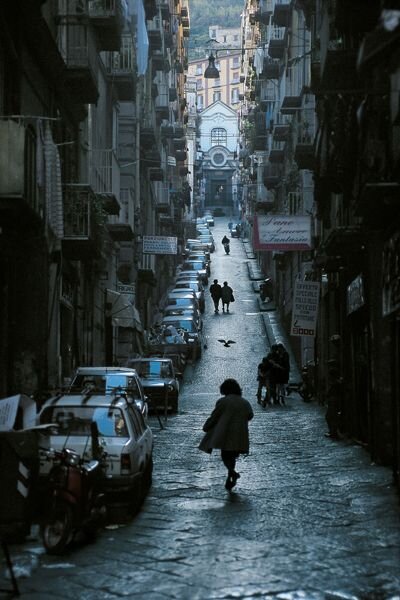
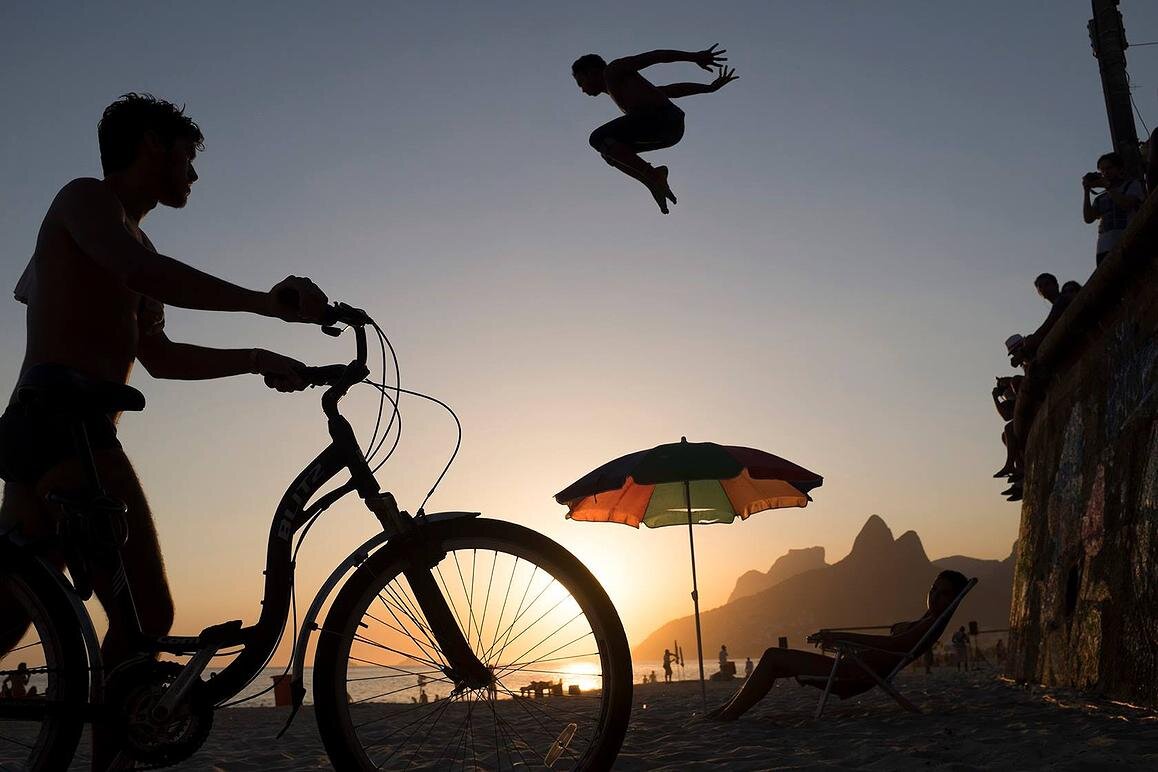

Sources: A.Adams, The Negative; M.Freeman, Light & How to photograph it; M.Freeman, The Photographer’s eye: a graphic guide; internet; course material






















